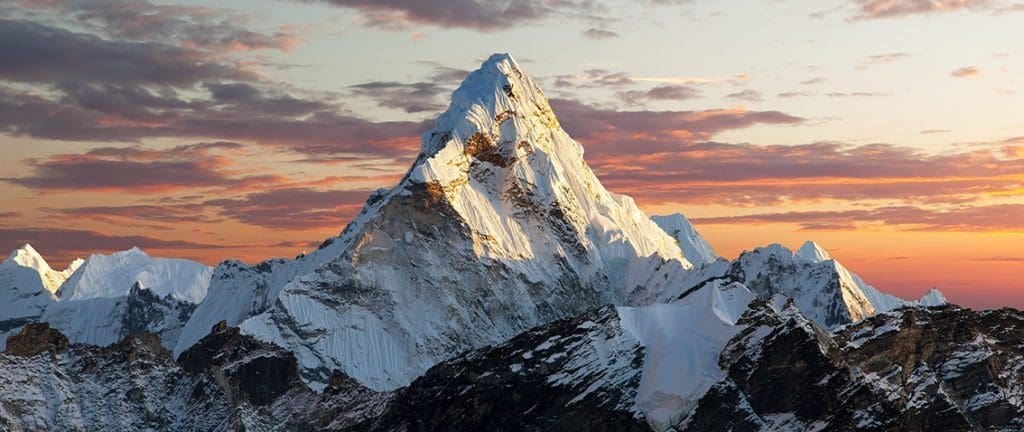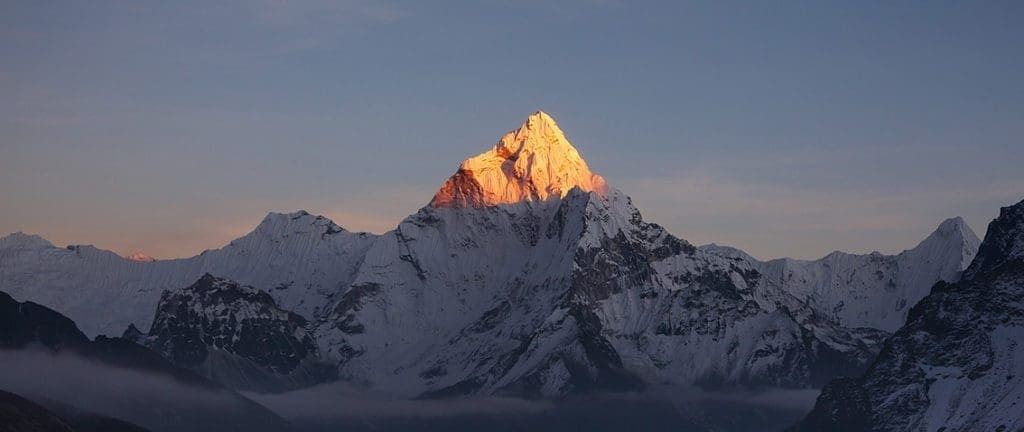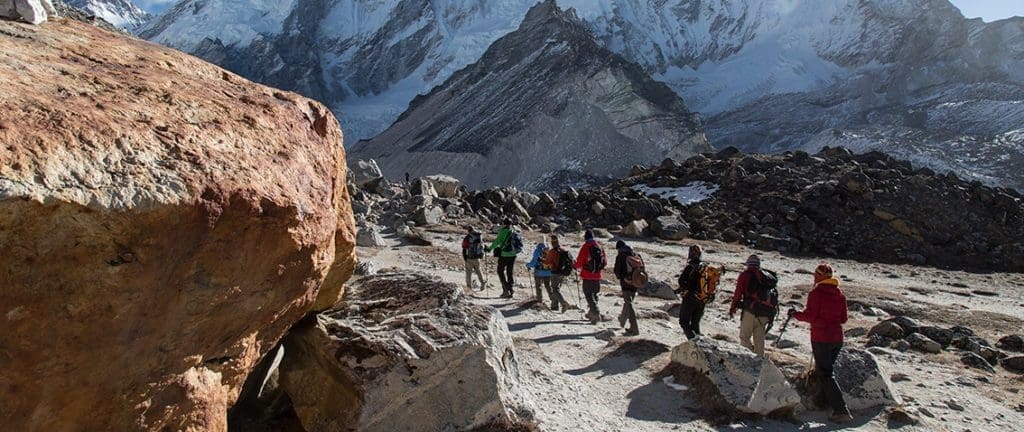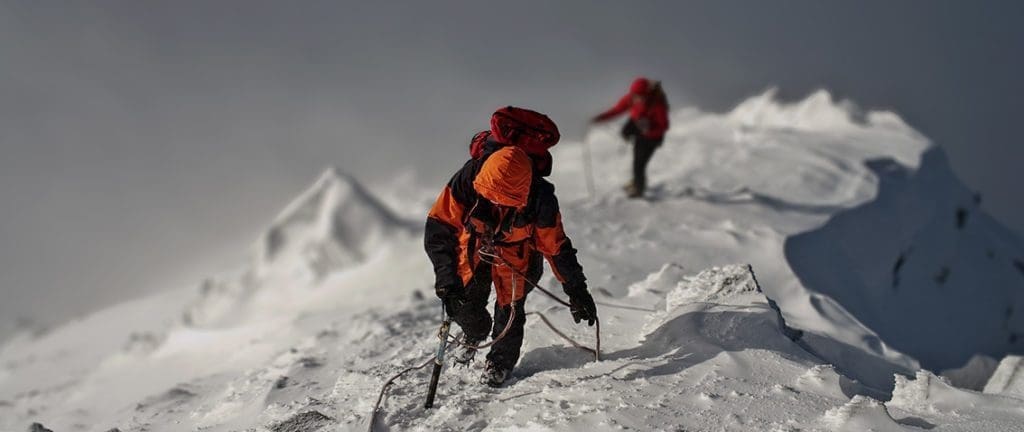Mount Everest Climbing Death Statistics: A Harsh Reality on the World’s Tallest Peak
Mount Everest, standing tall at a majestic height of 8,848 meters (29,029 feet), has captivated the human imagination for centuries. Known as the ultimate challenge for mountaineers, conquering Everest is a dream pursued by adventurers around the globe. However, alongside the allure and triumph, a sobering reality exists of climbing-related fatalities. This article delves into the statistics surrounding Mount Everest’s climbing deaths, shedding light on the risks faced by those who dare to ascend this formidable peak.

The Quest for the Summit
Since Sir Edmund Hillary and Tenzing Norgay’s historic ascent in 1953, the number of climbers attempting to conquer Everest has increased exponentially. Each year, mountaineers from diverse backgrounds flock to the Everest region, fueled by personal goals, a desire for adventure, or the allure of making history. However, scaling Everest is still possible, as the mountain poses numerous physical and environmental challenges that can prove fatal.

Statistical Overview of Mount Everest
Over the years, Everest has witnessed many climbing-related deaths, highlighting the inherent dangers of attempting to reach its summit. It is crucial to understand these statistics to appreciate the risks involved. Between the years 1922 and 2023, there have been a total of 323 reported deaths on Mount Everest. (source These fatalities occurred during both the ascent and descent, as well as during acclimatization and other preparatory stages.
Climbing Season Factors
Most Everest climbing attempts occur during the brief window of favourable weather conditions, commonly known as the “climbing season.” This period, typically spanning from April to May, witnesses a surge in the number of climbers on the mountain. The concentration of climbers during this time can lead to congestion, delays, and increased risks. In recent years, overcrowding has been a concern, especially at critical sections such as the Hillary Step and the summit ridge, where climbers may face bottlenecks, limiting their progress and increasing the likelihood of accidents.

Causes of Death
Several factors contribute to fatalities on Mount Everest. Among them are avalanches, falls, exposure to extreme weather conditions, altitude sickness, and medical complications. Avalanches pose a severe threat, as the mountain is prone to snow slides triggered by various factors, including weather conditions and human activity. Falls can occur for multiple reasons, including missteps, equipment failures, or weak rope systems. Exposure to extreme cold, high winds, and low oxygen levels can lead to frostbite, hypothermia, or other life-threatening conditions. Additionally, altitude sickness, caused by reduced oxygen levels at high elevations, can result in severe complications, such as high-altitude cerebral oedema (HACE) and high-altitude pulmonary oedema (HAPE).

Safety Measures and Improvements
In response to the climbing-related fatalities, the Nepalese government and climbing organizations have implemented various safety measures and regulations to reduce risks on Everest. These include mandatory training, increased oversight, and stricter permit regulations. Climbers must demonstrate their mountaineering proficiency and experience, and expedition companies must meet specific criteria to operate on the mountain. Despite these efforts, the unique challenges Everest poses and the unpredictable nature of mountaineering continue to present formidable risks.

The present situation in 2023
The number of deaths in the spring season of 2023 exceeds the historical average of four. Notable years with high death tolls on both sides and all routes include 2014 (16), 1996 (15), 2015 (13), 2019 (11), 1982 (11), and 1988 (10).
For this spring season’s expeditions to Mount Everest, Nepal has granted permits to a record-breaking 463 climbers, raising concerns among experts about potential dangers associated with overcrowding at the summit.
Yubaraj Khatiwada, the director of Nepal’s Tourism Department, informed CNN that out of the permitted climbers, 367 are male, and 96 are female. These climbers hail from 65 different countries, with American and Chinese mountaineers taking the lead in numbers.

Spring is widely regarded as the optimal time for scaling Mount Everest. However, some climbers may attempt the ascent during the less favourable autumn season. Most climbers aim to reach the summit in May when a short window of relatively warmer temperatures opens up, and the jet stream winds, which pose challenges at high altitudes, have typically subsided.
The climbers, accompanied by support staff and Sherpa guides, embark on an arduous journey lasting nearly two weeks, trekking to the Everest base camp at approximately 17,000 feet (around 5,200 meters). After arriving at the base camp, they spend about two weeks acclimatizing to the altitude and waiting for favourable weather conditions. Afterwards, they proceed for another four days, advancing through various camps until they finally reach the summit.

Conclusion
Mount Everest, revered as the pinnacle of mountaineering achievement, is undeniably dangerous. The climbing death statistics associated with Everest are a sad reminder of the perils those who embark on this challenging endeavour face. While mountaineers continue to pursue their dreams on the world’s tallest peak, it is vital to approach the mountain with respect, adequate preparation, and an awareness of the inherent risks.








